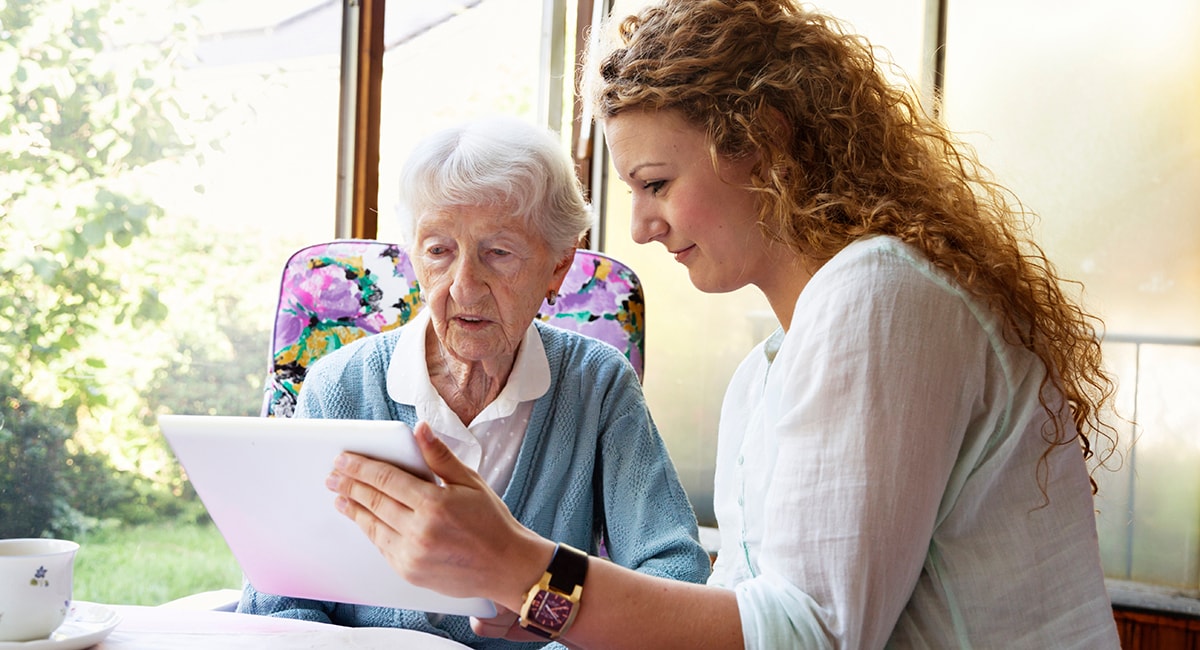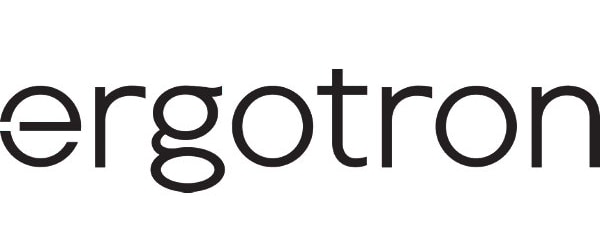October 28, 2019
How Technology Helps Healthcare Providers Better Treat Aging Patients
Mobile devices, electronic health records and other solutions can deliver better, more efficient care to a booming population of seniors.

It’s no secret that the U.S. population is aging. In fact, the U.S. Census Bureau notes that by the year 2030, all baby boomers will be older than 65. At that point, 1 out of every 5 U.S. residents will be of retirement age.
This trend poses serious challenges for healthcare providers, who will be called on to deliver care to a greater number of older adults. As the number of older adults grows, they’ll face increasing health problems such as hearing loss, cognitive decline, balance issues, vision impairment and depression.
But there’s a hidden aspect to this situation that further increases the challenge: The population of healthcare professionals is aging too. According to a report from the Society for Human Resource Management, 46 percent of HR professionals in the healthcare and social assistance industry believe that the loss of talent over the next two decades will be either a “problem” or a “crisis.”
Fortunately, technology can help senior care organizations address this challenge in a number of ways. For one, mobile devices and applications can help healthcare workers to be more efficient and productive, allowing more work to be done — and care to be delivered — by fewer employees. Further, the use of solutions such as data analytics and artificial intelligence can help healthcare providers to arrive at insights on how to optimize their operations, and in some instances can even help to diagnose patients more accurately than a physician could do alone. Finally, a number of technologies have the potential to improve preventive care, allowing providers and patients to proactively address developing health issues and prevent more serious complications later on.
PREP FOR SUCCESS: Deploy the right infrastructure to support emerging technologies.
Solutions That Improve Senior Care
Solutions such as mobile devices and electronic health record (EHR) systems have already changed the industry, making organizations and individual practitioners vastly more efficient. However, more visible, accessible data — if leveraged intelligently — has the potential to do much more to improve healthcare outcomes and optimize care delivery.
The list of existing and emerging technologies that can help to maintain and improve the health and care of older adults includes the following:
Mobile Applications
Smartphones and tablets, along with mobile applications, can not only help frontline senior care workers to access data instantly, but can also help older adults themselves to track and monitor their own health metrics.
EHR and EMR Systems
EHR systems support digital versions of clinical paper charts, containing notes and information that is primarily used for diagnosis and treatment. Electronic medical record EMR systems go beyond standard clinical data to provide a broader view of patient care, and the records can follow patients from doctor to doctor and center to center. Both types of systems help to minimize errors, enable better coordination among care providers and speed up care delivery.
Data Analytics
Predictive analytics have the potential to make senior care far more proactive — and, in some cases, even automated. By monitoring and tracking metrics that serve as leading indicators of serious medical events, providers can intervene before a crisis hits.
Monitoring
Many older adults are already using consumer market health trackers, including devices such as Fitbit and the Apple Watch. These wearable devices can track metrics such as activity, blood pressure, heart rate and sleep, providing a wealth of information that can inform care delivery.
Telehealth
Telehealth solutions, which connect patients and clinicians via secure video links, are making inroads throughout the healthcare industry. In one common use case, patients in rural areas with a shortage of specialists use telehealth to connect with providers. While these patients often travel to a local healthcare center for their virtual appointments, telehealth solutions can also connect providers to patients in their homes — an option preferred by many older adults due to its speed and simplicity.
Smart Living Spaces
In both assisted living facilities and seniors’ own homes, smart home technologies can help to create spaces that are safer for older adults, easier for them to navigate and capable of monitoring environmental metrics.
These solutions have the ability to greatly improve the quality and efficiency of care. In doing so, they represent a powerful tool as the healthcare industry confronts the challenge of an aging population.
This blog post brought to you by:



